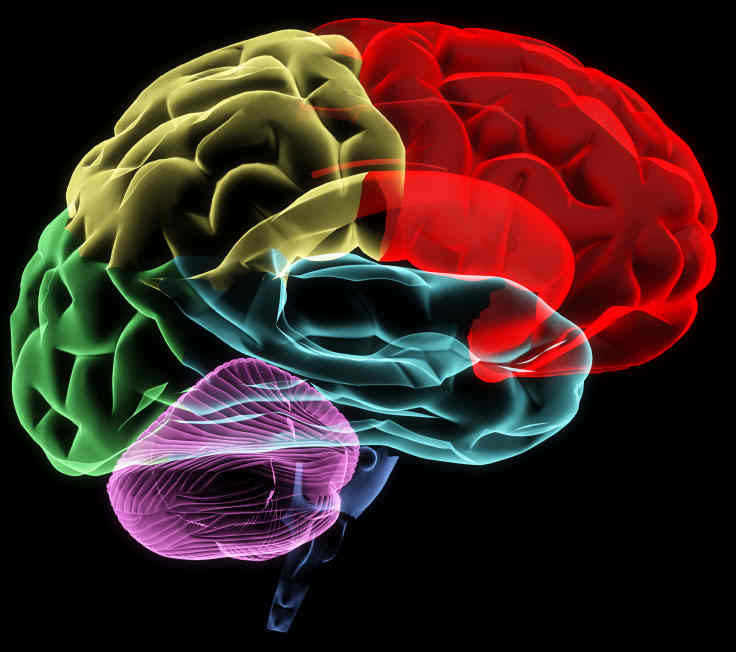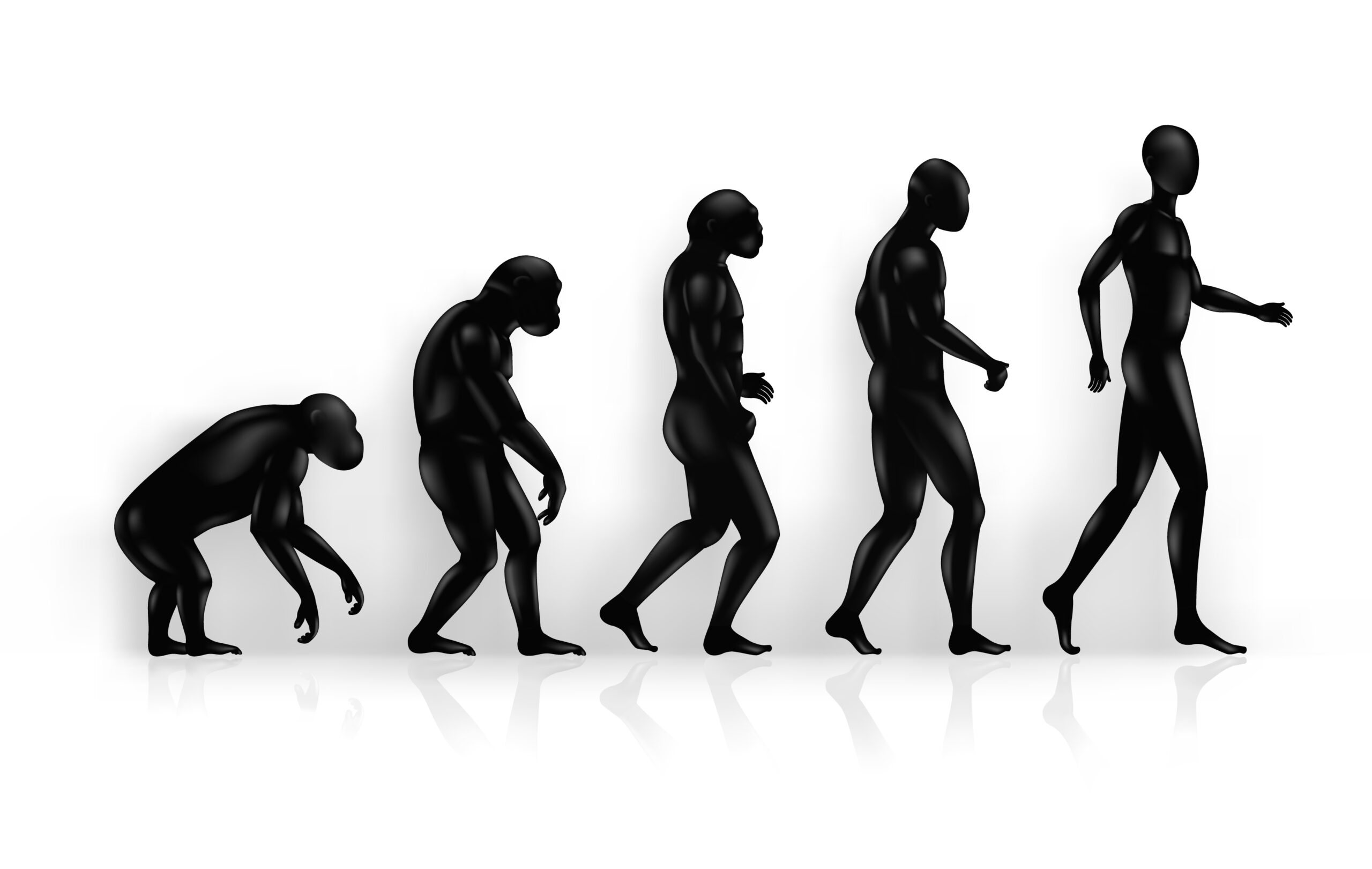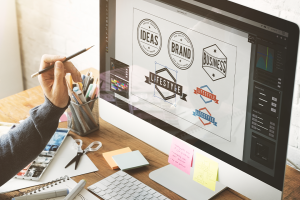 We’ve written before about the science behind logo design and how your logo may be able to change the behavior of your customers (check out those blog posts by clicking here or this secondary article here). And while those studies are fascinating, there is other research in behavioral psychology that helps to explain why logos (as well as other design elements and branding) work.
We’ve written before about the science behind logo design and how your logo may be able to change the behavior of your customers (check out those blog posts by clicking here or this secondary article here). And while those studies are fascinating, there is other research in behavioral psychology that helps to explain why logos (as well as other design elements and branding) work.
In the book, Thinking Fast and Slow, author Daniel Kahneman writes about “cognitive ease”, a phenomenon in which easy-to-recognize images and easy-to-pronounce words create positive emotional reactions in the people who see or hear them. What’s more, the more often a person sees an image, the more they “like” the image. According to Kahneman, “repetition induces cognitive ease and a comforting feeling of familiarity.”
The author then shares an experiment that ran at the University of Michigan and Michigan State, where researchers printed an ad in the school’s newspapers that included several Turkish or Turkish sounding words like, kadirga, saricik, biwonjni, nansoma, and iktitaf. Some of the words were shown just once or twice, others were shown as many as 25 times.
When the mysterious ads ended, researchers sent questionnaires to the readers of the newspapers asking whether the words meant something good or something bad. “The words that were presented more frequently were rated much more favorably that the words that had been shown only once or twice.” And the finding has been confirmed many times using Chinese ideographs, faces, and random shapes.
Perhaps most interesting of all, the effect occurs even when the repeated words or pictures are shown so quickly that the observers never become aware of having seen them.
 Why does this happen? Researchers link this effect to our biology (and it extends to other animals as well). From the book: “To survive in a frequently dangerous world, an organism should react cautiously to novel stimulus, with withdrawal and fear. Survival prospects are poor for an animal that is not suspicious of novelty. However, it is also adaptive for the initial caution to fade if the stimulus is actually safe.” The more that nothing bad happens, the more the stimulus becomes a signal for safety. Over time we even seek out those things that become most familiar.
Why does this happen? Researchers link this effect to our biology (and it extends to other animals as well). From the book: “To survive in a frequently dangerous world, an organism should react cautiously to novel stimulus, with withdrawal and fear. Survival prospects are poor for an animal that is not suspicious of novelty. However, it is also adaptive for the initial caution to fade if the stimulus is actually safe.” The more that nothing bad happens, the more the stimulus becomes a signal for safety. Over time we even seek out those things that become most familiar.
So what does this have to do with your logo design or any logo you might see?
We often talk about using your logo as often as possible and as consistently as possible. The more your customers see your logo and associate it with a safe or positive experience, the more it creates “cognitive ease” and familiarity. The more familiar your logo becomes to the people who see it, the more likable it is. And the more likable your business or product will be. This may even be true when customers aren’t aware of having seen your logo.
A familiar logo design almost certainly means more customers and a healthier business for you. So what are you doing to make your logo more familiar to potential customers?







